Viral video shows Korean company’s lifelike inflatable F-35 decoy
- By Hope Seck
Share This Article
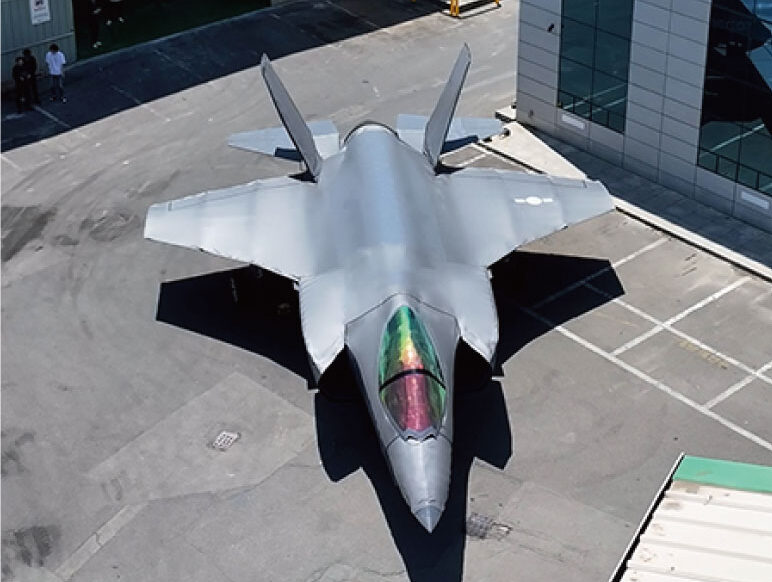
Inflatable decoys have come a long way since the blow-up tanks of World War II.
A video making internet rounds shows a decoy F-35 Joint Strike Fighter being assembled from a box – looking realistic enough once fully staged to fool passersby as well as enemy surveillance systems.
The 95-second video is from Seawolf Global, a Korean company founded in 1991 to manufacture inflatable life rafts and life jackets. But, according to a company timeline, it added another aspect to its business in 2014, testing an inflatable guided-missile decoy for naval forces.
The last decade has seen a resurgence of inflatable decoys in warfare, particularly on the battlefield in Ukraine, where both Russian and Ukrainian units have used them to bluff on force strength and positioning and waste enemy assets.
The company now makes a wide range of military inflatables, including an M142 HIMARS system, a Korean K9 self-propelled howitzer system, and a Korean A1A2 88 tank.
Seawolf Global’s inflatable F-35 mimics the jet’s most common variant – the F-35A – which is in service with the U.S. Air Force and that several other countries.
The decoy underwent research and development with the Korean Army from 2021-2024, according to company specs. It weighs 1,500 kilograms, or about 3,300 pounds, and can be fully assembled within 10 minutes by two operators.
In the video, the inflatable nose and wings of the F-35 emerge from a hard storage container in the shape of the jet’s body. An iridescent cockpit window overlay adds to the illusion.
An industry representative at the Association of the United States Army’s annual meeting last year told Sandboxx News that inflatable decoys were a $50 billion business and growing. Domestically, he said, the Korean military purchased decoys of combat systems as a defense against North Korean intelligence-gathering and aggression.
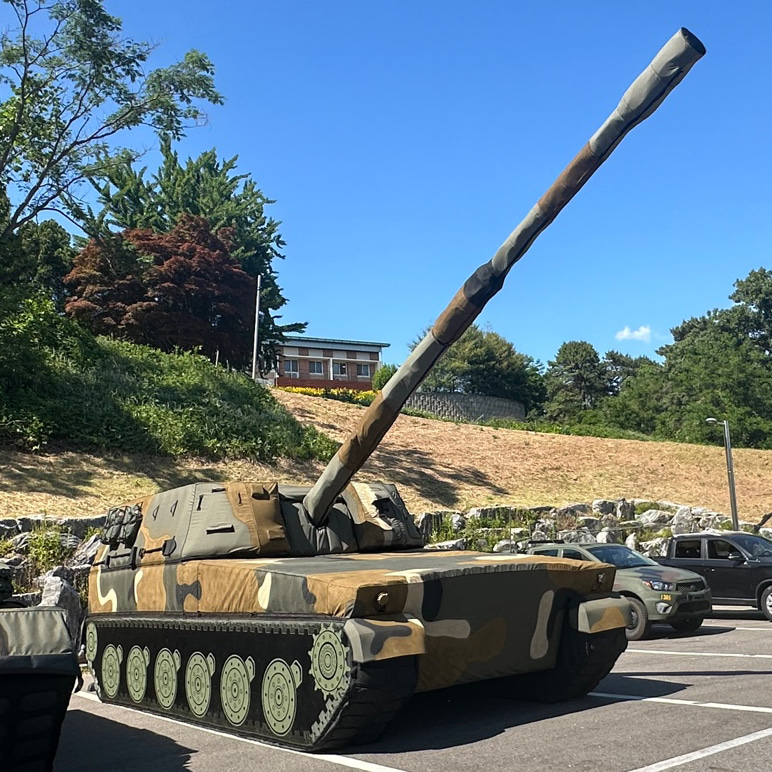
He also revealed that inflatable decoys of North Korean weapons and platforms were used within Korea for artificial intelligence training – to help unmanned aerial systems learn the contours of these systems and be able to identify them more readily.
Seawolf’s decoys, while cheaper than the real-article equipment, are pricey. The representative said they start at $30,000 and go up to $150,000 per unit. That’s because they include features beyond the inflatable body, including radar and infrared detection – meaning that they produce radar and infrared signatures to confuse adversaries – and wireless control.
The F-35 decoy features two kinds of infrared detection: night-vision and thermal heating; it also features radar detection using a radar reflector.
Seawolf’s inflatable HIMARS system can actually drive at speeds of up to six miles per hour and be wirelessly controlled at a range of up to 2,000 meters. It also has a real rotating turret.
The largest international customer for these inflatables, the representative said, is Lockheed Martin Corp., which manufactures both the F-35 and the HIMARS systems. The company has not said how it uses the decoys, he added.
As sophisticated as the Korean inflatables are, they aren’t the only F-35 decoys on the market, though. California-based company i2K also makes an inflatable F-35 made out of commercial-grade PVC with an inflation time of 60 minutes or less. In addition to deceiving the enemy, the company notes, its inflatables can be used to add realism to training or to substitute for the real thing in movie productions.
Feature Image: Seawolf Global’s F-35 inflatable decoy during testing. (Seawolf Global)
Read more from Sandboxx News
- Shield AI’s X-BAT promises to reshape the nature of drones
- New advances in submarine detection could upend nuclear deterrence as we know it
- These aircrew survival weapons have ensured US airmen stayed alive in rough situations
- Could Northrop’s YF-23 have been better than the F-22?
- In the Army what goes around comes around
Related Posts
Sandboxx News Merch
-
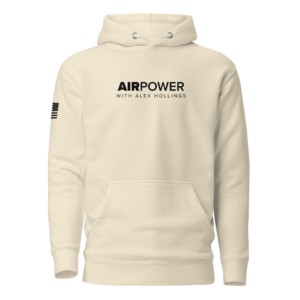
‘AirPower’ Classic Hoodie
$46.00 – $48.00Price range: $46.00 through $48.00 Select options This product has multiple variants. The options may be chosen on the product page -

‘Sandboxx News’ Trucker Cap
$27.00 Select options This product has multiple variants. The options may be chosen on the product page -
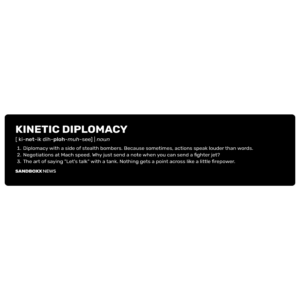
‘Kinetic Diplomacy’ Bumper Sticker (Black)
$8.00 Add to cart
Hope Seck
Hope Hodge Seck is an award-winning investigative and enterprise reporter who has been covering military issues since 2009. She is the former managing editor for Military.com.
Related to: Gear & Tech
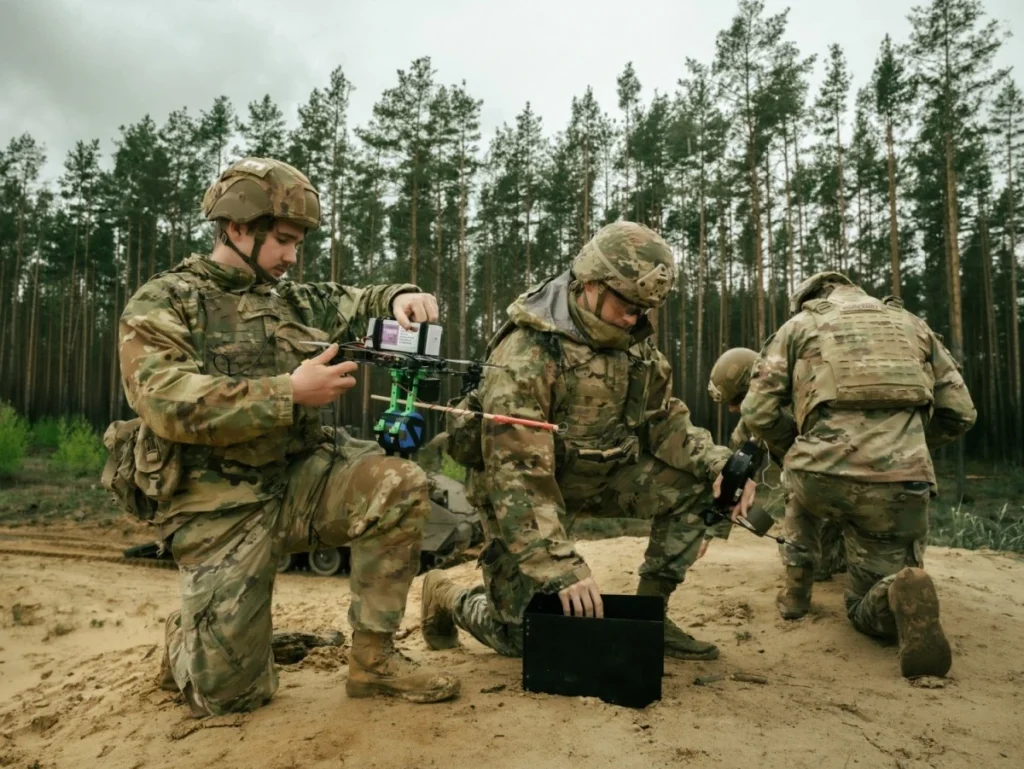
Army marks first aerial drone-on-drone kill as new lethal UAS course gets underway
Sandboxx News
-

‘Sandboxx News’ Trucker Cap
$27.00 Select options This product has multiple variants. The options may be chosen on the product page -

‘AirPower’ Classic Hoodie
$46.00 – $48.00Price range: $46.00 through $48.00 Select options This product has multiple variants. The options may be chosen on the product page -
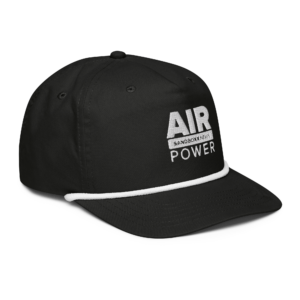
‘AirPower’ Golf Rope Hat
$31.00 Select options This product has multiple variants. The options may be chosen on the product page -

‘Sandboxx News’ Dad Hat
$27.00 Select options This product has multiple variants. The options may be chosen on the product page
